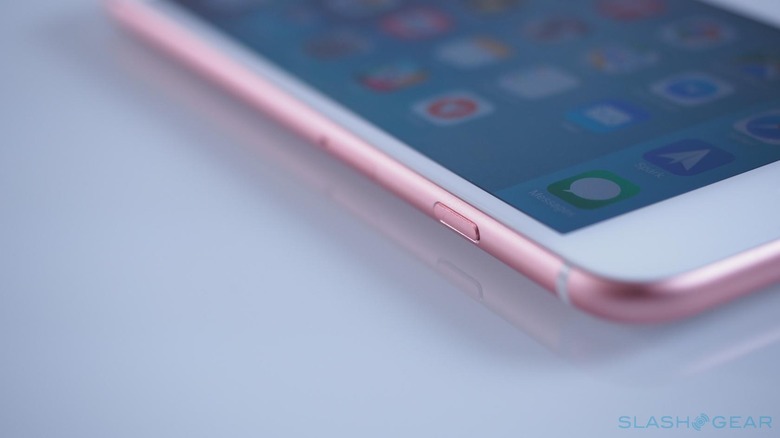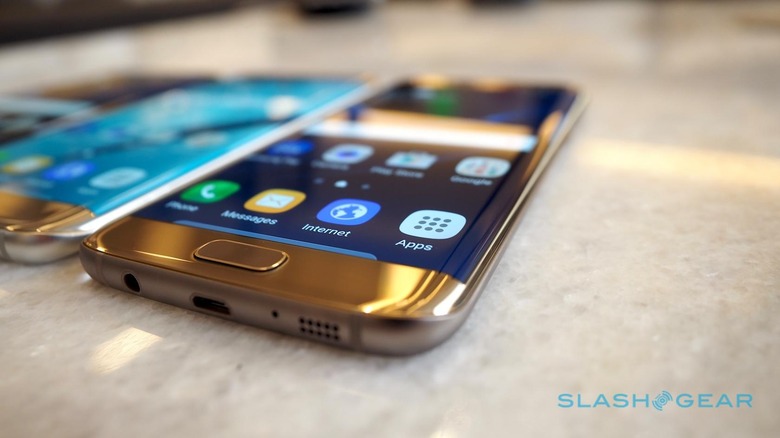Why An OLED iPhone Would Be So Important
In the run-up to the big iPhone 7 reveal later this year, Apple is said to be working on an even more fundamental change to its best-selling smartphone. Though the Cupertino company has used LCD screens for its handsets since the first iPhone in 2007 – and is expected to continue to do so for the iPhone 7 – that could all change come next year, as the lure of OLED finally tips Retina display into the opposing camp.
A report this week in the Korea Herald suggested Samsung Display has cut a three-year deal with Apple to provide a whopping 100 million OLED panels each year for upcoming iPhones, with deliveries said to kick off from Q2 2017.

That would suggest that it's not the iPhone 7 that will get OLED, but potentially the iPhone 7s, presuming Apple keeps to the tick-tock, non-s/s upgrade cycle it's established over the past few years.
As iPhone rumors go, the possibility of a switch from LCD to OLED is one of the most persistent. Whispers supposedly from inside OLED screen-makers as early as 2009 suggested deals were being made to bring the display technology to Apple's range, though we had to wait more than five years to actually see that pan out.
Even then, it wasn't the iPhone that got OLED, but Apple's first wearable. The Apple Watch uses panels from LG Display, picked for various reasons including broad viewing angles, frugal battery requirements, and the ability to run in a low-power mode that only keeps certain dim pixels active during standby.

Why would an iPhone with an OLED screen be such a big deal? For much the same reasons as Apple picked the technology for the Apple Watch, in fact, since the same demands around its wearable are made for its smartphone.
To understand OLED's charm, you need to understand how it differs in its core architecture from LCD. In a liquid crystal display, what you see on-screen comes from a backlight shining through different color pixels: as pixel-density increases, thus the individual pixels get smaller, you need a more powerful backlight to shine through with the same brightness. Altogether, it can make for a relatively thick stack.
With OLED, the display can be thinner because the pixels themselves are light-emitting. There's no need for a separate backlight section. Meanwhile, as we've already seen Samsung do with its "edge" range of Galaxy smartphones – most recently the Galaxy S7 edge – you can also have more flexibility and make a curved screen by ditching glass and instead using a plastic substrate, the underlying material the OLED is formed on.

Now, Apple may not have a curved iPhone in mind, no matter how many fan-renders we've seen suggesting otherwise, but plastic is generally more resilient than glass, and by shifting to a display with a thinner overall stack the iPhone 7s could be slimmer and more resistant to drops overall.
The Cupertino engineers could then use that reduction in girth to either make for a thinner smartphone, or – as many users would welcome – fit a bigger battery in the same sort of overall thickness, for longer runtimes. The reduced power consumption of OLED versus LCD in many situations might also mean that battery lasts even longer, since the screen is generally the greediest aspect of the modern mobile device.
Even without the potential for new designs OLED might unlock for Apple's iPhone team, the fact that the screen technology is arguably delivering the best image quality might be enough to motivate a change. Independent testing has given Samsung's OLEDs the nod for screen ability, and though LCD sometimes has an edge in showing predominantly white or bright content, it may well be considered time to make the jump.
